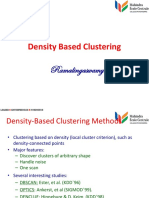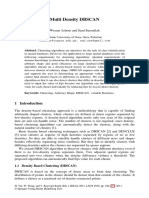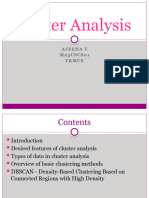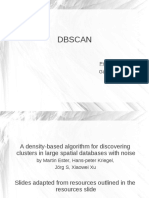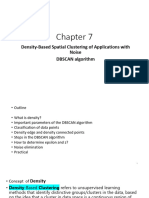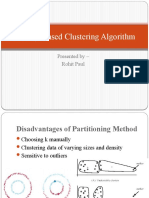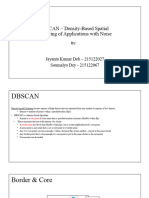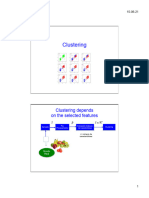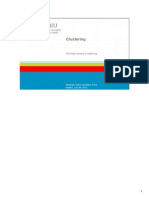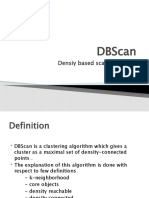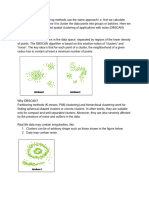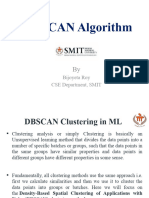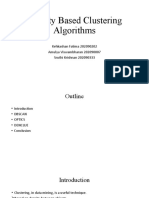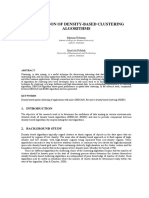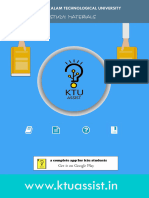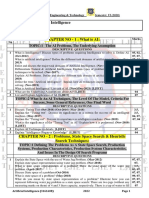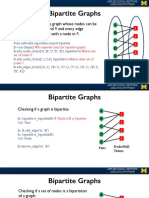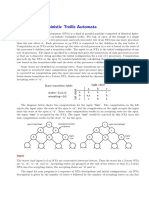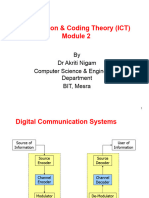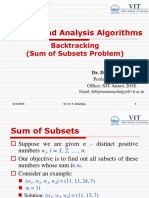0% found this document useful (0 votes)
73 views26 pagesDBSCAN: Density-Based Clustering Guide
Density-based clustering locates regions of high density that are separated by regions of low density. DBSCAN is a density-based clustering algorithm that discovers clusters of arbitrary shapes and identifies outliers. It requires two parameters, Eps which defines the neighborhood distance, and MinPts which defines the minimum number of points in the neighborhood. A point is part of a cluster if it is density-reachable from another point in the cluster. DBSCAN can discover clusters of arbitrary shapes and handles outliers but is sensitive to parameter selection.
Uploaded by
Peter MachadoCopyright
© © All Rights Reserved
We take content rights seriously. If you suspect this is your content, claim it here.
Available Formats
Download as PDF, TXT or read online on Scribd
0% found this document useful (0 votes)
73 views26 pagesDBSCAN: Density-Based Clustering Guide
Density-based clustering locates regions of high density that are separated by regions of low density. DBSCAN is a density-based clustering algorithm that discovers clusters of arbitrary shapes and identifies outliers. It requires two parameters, Eps which defines the neighborhood distance, and MinPts which defines the minimum number of points in the neighborhood. A point is part of a cluster if it is density-reachable from another point in the cluster. DBSCAN can discover clusters of arbitrary shapes and handles outliers but is sensitive to parameter selection.
Uploaded by
Peter MachadoCopyright
© © All Rights Reserved
We take content rights seriously. If you suspect this is your content, claim it here.
Available Formats
Download as PDF, TXT or read online on Scribd
/ 26

